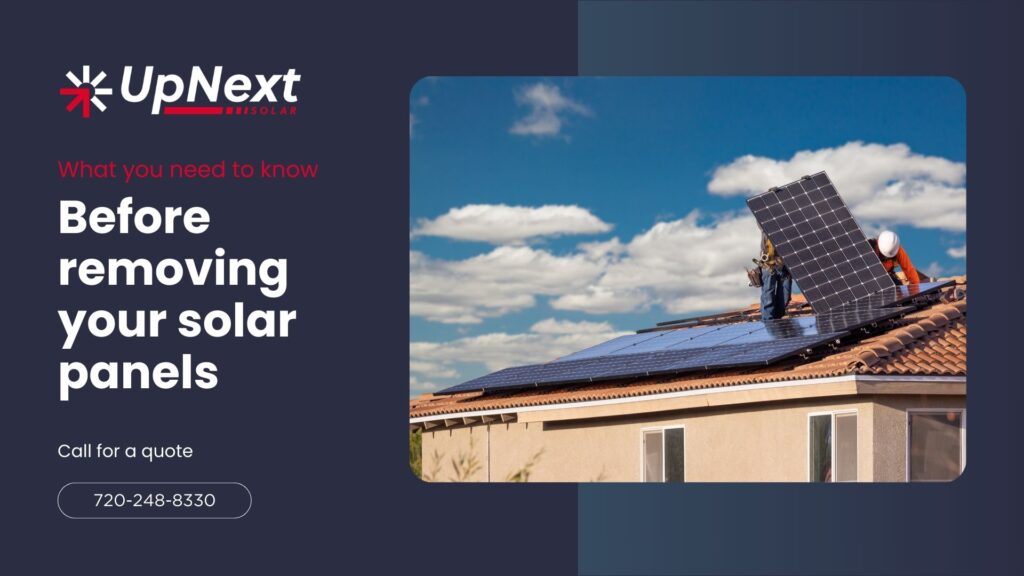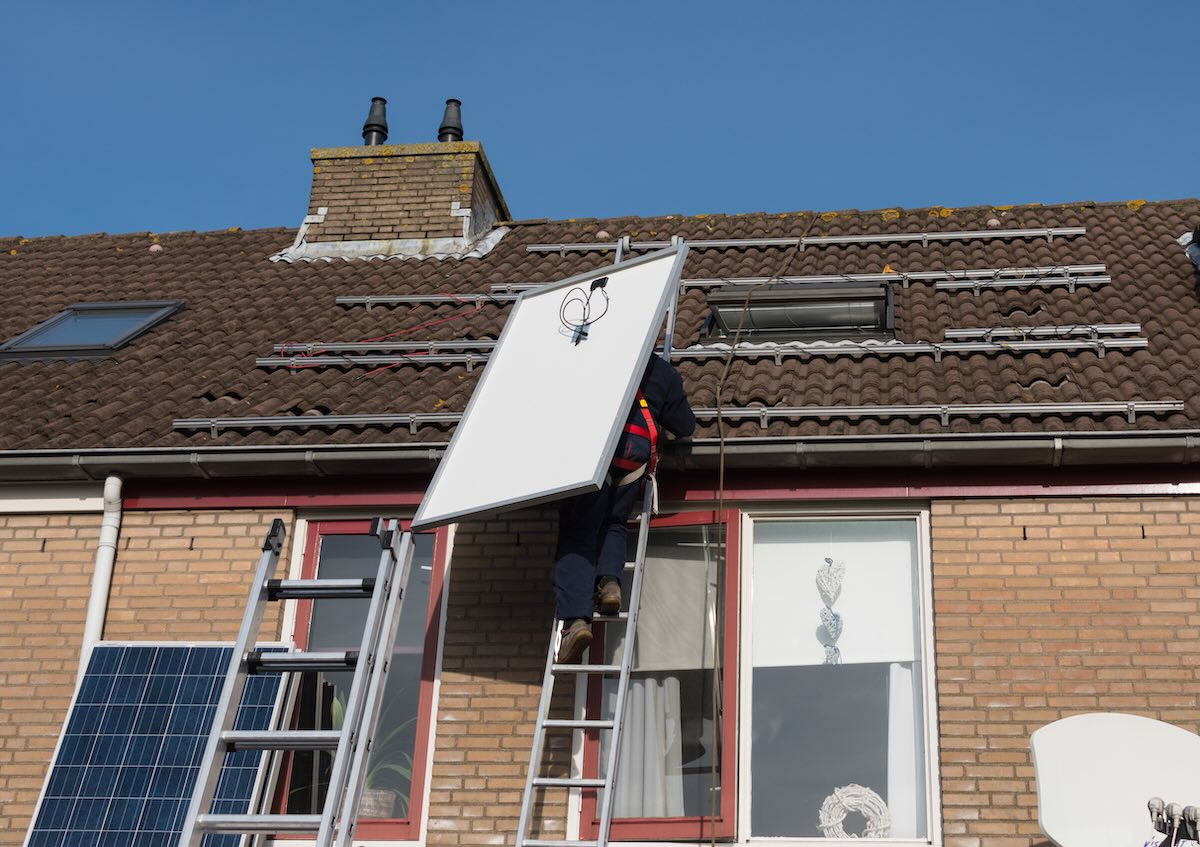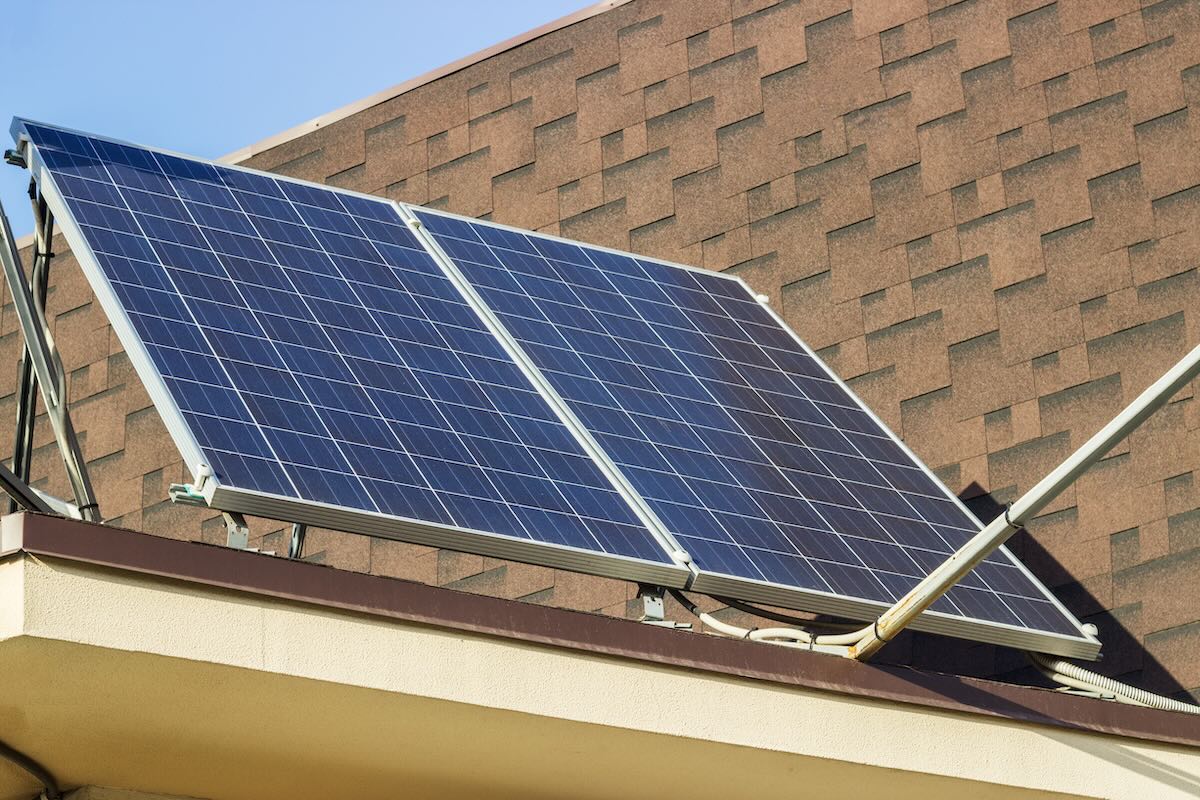If you’re faced with fixing or replacing your roof, especially with solar panels installed, you might wonder about the impact on your solar energy setup. Solar panel removal for roof repair is an essential step before starting any major work to maintain the integrity of your roof and ensure the safety of your solar panel system.
This procedure, although it appears complex, is a frequent necessity as roofs wear out and require maintenance or replacement. In this article, we aim to walk you through the essential steps and considerations for removing solar panels before roof repair, clarifying the costs, the procedure, and what you should expect from your solar company and roofing contractors.
Understanding the Need for Solar Panel Removal
Assessing Roof Damage
When your roof requires repair or replacement, it’s usually due to significant wear and tear. Age, weather conditions, and unforeseen damages can compromise your roof’s integrity. For example, older roofs may show signs of deterioration, such as cracked or missing shingles, leaks, or structural weaknesses.
These issues can become more severe with the additional weight and stress from solar panels.
Assessing the extent of roof damage is critical before starting any repairs or replacements. This involves a detailed inspection by a roofer to pinpoint areas needing attention, like damaged shingles, rotten wood, or other structural issues. Removing solar panels gives roofing professionals complete access to the roof, allowing them to inspect, repair, and replace any damaged sections effectively.
Importance of Professional Assessment Before Solar Panel Removal
The decision to remove solar panels is a serious one, and it’s essential to have professionals involved in the assessment and removal process. Certified teams with expertise in roofing and solar panel installations is key to ensuring the safety and integrity of both the roof and the solar panel system. These professionals can assess the roof’s structural integrity, identify potential issues, and decide if any repairs or reinforcements are needed to support the solar panels after reinstallation.
A professional assessment also aids in reducing potential risks and damages. For instance, using high-quality mounting systems and following best practices during the removal and reinstallation can minimize the risk of damage to the roof and the solar panels.
This careful approach ensures that the solar energy system stays efficient and that the roof remains in optimal condition to support it.
Have a Professional Disconnect the System
Your solar removal contractor should first test the solar system to ensure it is functional before the project removal begins. The next step to provide a safe and efficient removal process is to have the solar removal team disconnect the solar panel system from the electrical grid and inverter. This involves turning off the main power sources to prevent any electrical hazards.
Physical Removal of Panels
With the system safely disconnected, your solar panel removal team will remove the solar panels from their mounting hardware. This involves identifying and eliminating all bolts, screws, and clamping nuts that secure the panels to the mounting brackets.
Your solar removal contractor will inspect the roof for any damage, wear, or repair requirements once all the hardware is removed.
Post-Removal Steps and Considerations
Temporary Storage for Solar Panels
After your solar panels have been detached from the roof, finding a secure and safe storage spot is paramount to avoid any potential damage. This means handling the panels carefully to prevent scratches, cracks, or other damage.
It’s best to store the solar panels safely, protected from strong winds and theft. This could be in a garage or even a fenced back yard provided the modules are tied down or otherwise secured in place.
Label and neatly organize all components, such as the panels, mounting hardware, and electrical connections. This organization is key for easy identification and hassle-free reassembly when it’s time to reinstall them. Such careful preparation preserves the solar panel system’s integrity and streamlines reinstallation.
Should you decide to dispose of the old solar panels, it’s essential to adhere to local regulations and guidelines for eco-friendly disposal. Many areas offer specific recycling programs for solar panels to reduce the environmental impact.

Reinstallation and System Check
Following the completion of roof repairs or replacement, the subsequent step is reinstalling the solar panels. This stage demands the same precision and expertise as the original installation. Begin by securing the mounting hardware back onto the roof, ensuring it’s appropriately fastened to adequately support the solar panels’ weight, potential snow load, and wind uplift.
If you reinstall the system, your solar contractor will reattach the solar panels onto the mounting brackets and reconnect the electrical connections and any additional wiring. It’s critical to ensure all connections are tight and the system is correctly grounded to avert any electrical hazards.
A comprehensive system check post-reinstallation will confirm everything is operational as intended. This includes powering the system, monitoring voltage readings, and ensuring the system generates electricity as expected relative to the pre-removal testing.
This moment also presents an opportunity to inspect the solar panels and other components for any damage they might have sustained during removal or storage.
Removing solar panels before conducting roof repairs or replacements is an essential procedure that demands meticulous planning, adherence to safety measures, and the engagement of skilled professionals. Furthermore, your solar removal professional team will ensure that all actions align with local regulations and equipment manufacturer recommendations.
Opting for a specialized solar panel removal service can significantly reduce risks and guarantee that the task is executed proficiently. By adhering to these guidelines, you can protect your roofing system and your solar energy setup, preserving their condition for the foreseeable future. Initiating these protective measures today is a wise step towards safeguarding your investment and upholding the integrity of your solar panel system.




